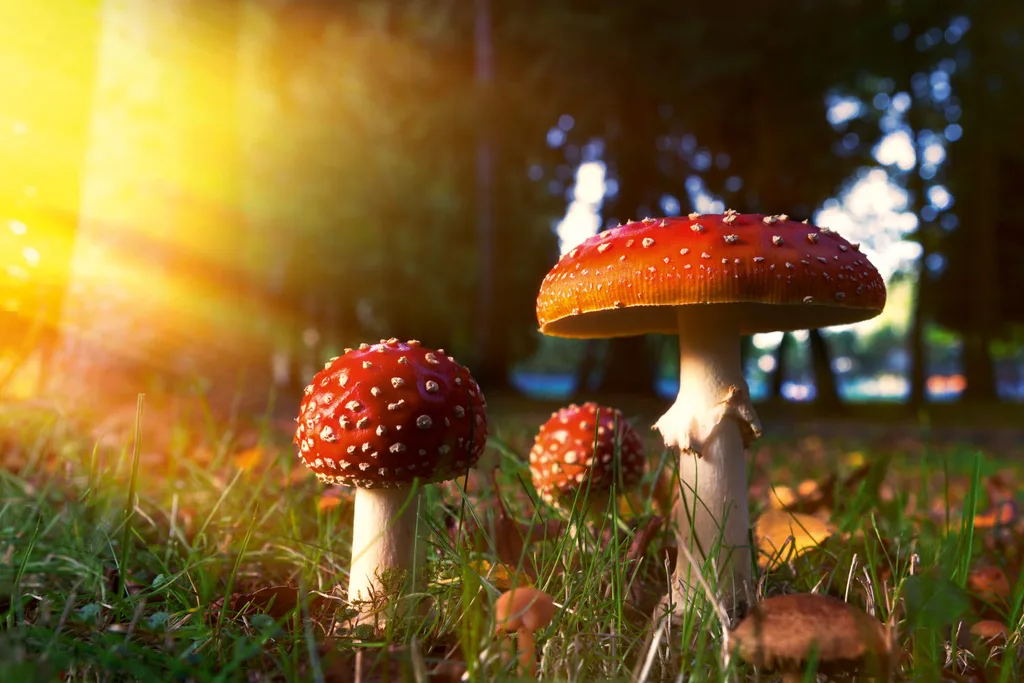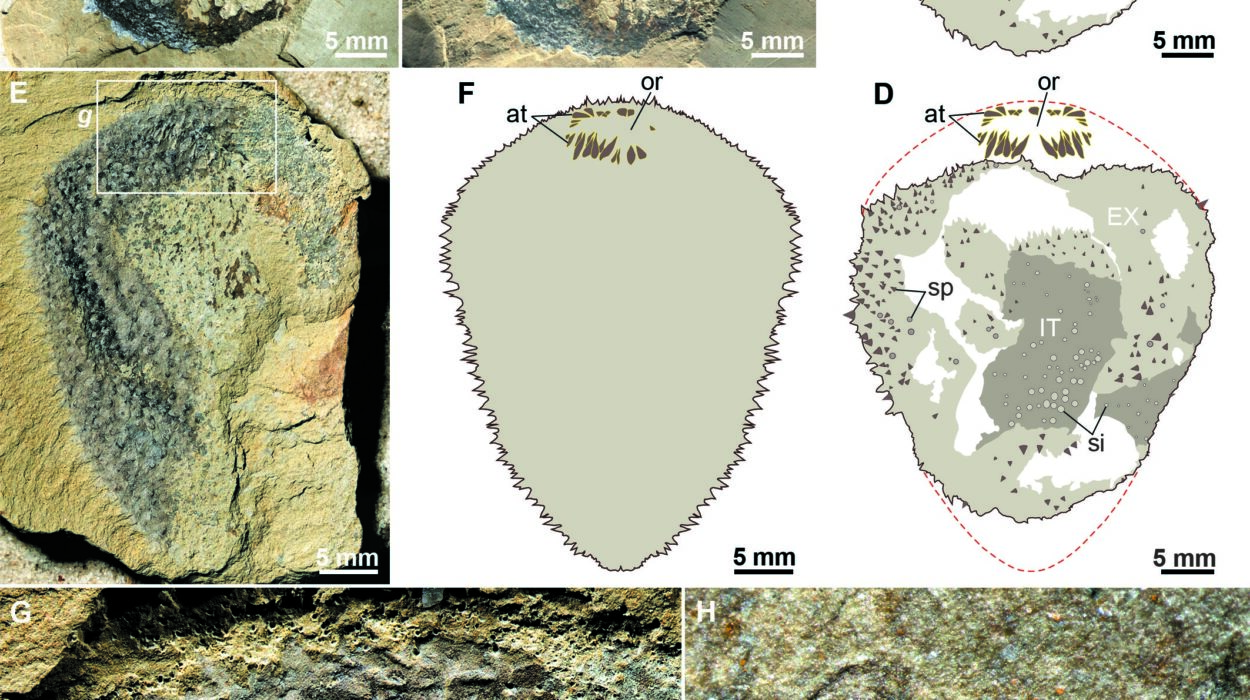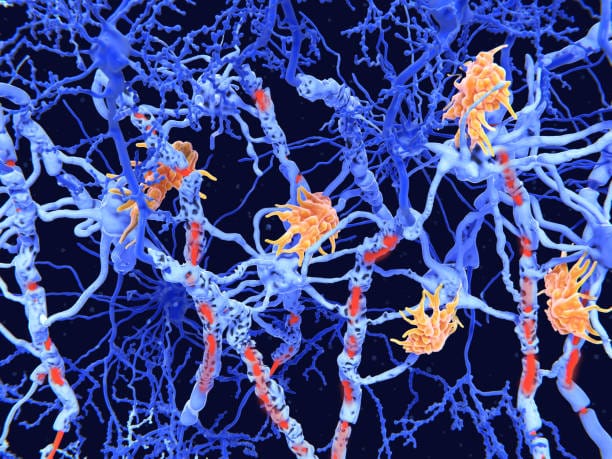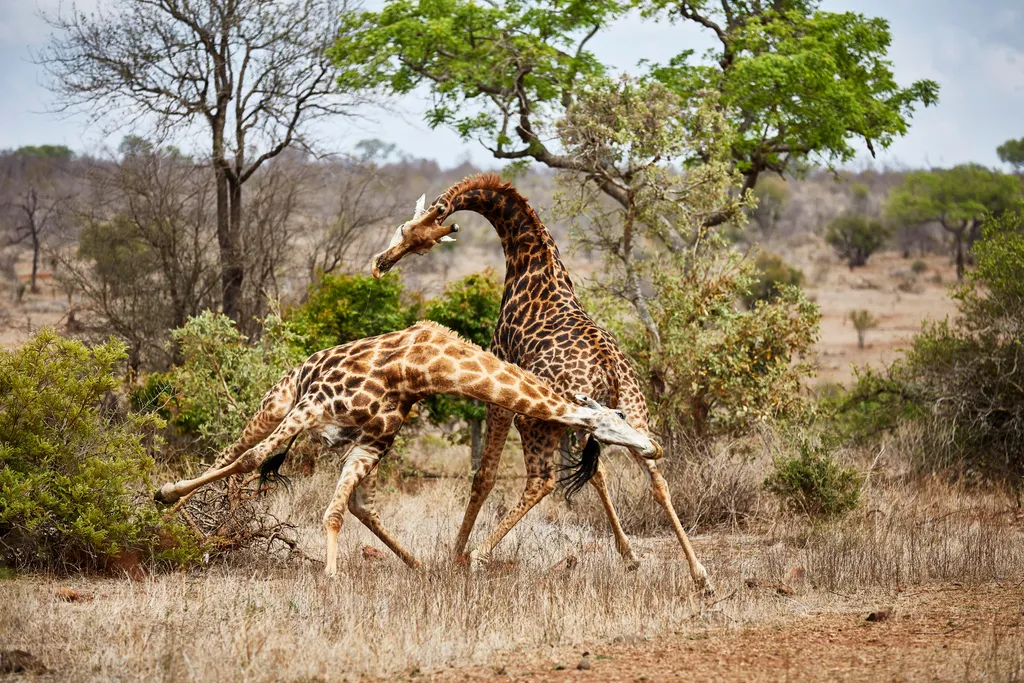Beneath the forest floor, within damp soil, on decomposing logs, and even inside living organisms, a world thrives quietly, often invisibly. This world is ruled not by animals or plants, but by fungi—a kingdom of life so strange, so mysterious, and so fundamental to ecosystems that our understanding of biology would be incomplete without them.
Fungi are neither plants nor animals, yet they share characteristics with both. They do not photosynthesize like plants, nor do they ingest food like animals. Instead, they absorb nutrients directly from their surroundings, playing crucial roles as decomposers, symbionts, and even pathogens. But perhaps one of the most fascinating aspects of fungi is how they reproduce. Through an elegant dance involving spores, hyphae, and sprawling networks called mycelium, fungi have evolved diverse reproductive strategies that ensure survival across continents and millennia.
In this article, we journey deep into the biological mechanisms and ecological significance of fungal reproduction. It’s a story that begins at the microscopic level but expands into a vast web connecting life and death, decay and rebirth.
What Makes Fungi Different?
To understand fungal reproduction, we must first grasp their unique biological identity. Fungi belong to their own kingdom—Fungi—a classification as distinct as the animal or plant kingdoms. Though they were once grouped with plants due to their stationary lifestyle and growth habits, advances in molecular biology and genetics have revealed that fungi are more closely related to animals than to plants.
At their core, fungi are composed of slender thread-like structures called hyphae. These hyphae grow and branch out to form a mass known as the mycelium, the main body of the fungus. The mushrooms we see above ground are merely the fruiting bodies—the reproductive structures designed to release spores. It’s akin to seeing only the apple on a tree, while the tree itself spreads underground.
Their reproduction is an intricate process that fuses simplicity with complexity. Unlike animals that must mate and bear young, fungi have evolved both sexual and asexual reproductive methods that allow them to respond to environmental conditions, colonize new spaces, and adapt rapidly to change.
The Birth of Spores: Nature’s Survival Capsules
Spores are the seeds of the fungal world—but in many ways, they are even more versatile. Produced through either sexual or asexual means, spores are typically single-celled, encased in protective walls, and equipped to survive extreme conditions such as desiccation, radiation, and even years of dormancy. These microscopic particles serve one key purpose: dispersal.
When conditions are right, fungi release billions—even trillions—of spores into the air, water, or onto animal hosts. These spores are carried across vast distances, some floating for miles before landing on a suitable substrate. If moisture, temperature, and nutrients align, the spore germinates, extending a hypha that will grow into a new fungal colony.
There are many types of spores in the fungal world. Asexual spores, such as conidia or sporangiospores, are produced by mitosis and are genetically identical to the parent. Sexual spores, such as ascospores or basidiospores, are the result of meiosis and carry genetic combinations from two parental sources. The production of sexual spores is slower and more energy-intensive but allows for greater genetic diversity—a powerful tool in evolving against environmental pressures.
The Web of Life: Hyphae and Their Role in Reproduction
The hyphae of a fungus are not just feeding tubes—they are the highways and architects of reproduction. When a spore germinates, it sends out a hyphal filament that penetrates the substrate. These hyphae grow and branch, seeking out nutrients, and as they do, they secrete enzymes that break down organic matter into absorbable forms.
But hyphae also play a crucial role in sexual reproduction. In many fungi, reproduction begins when two compatible hyphae meet. Unlike animals, fungi do not have distinct sexes, but rather mating types. These are chemically determined compatibilities that dictate whether two fungal cells can merge. When two compatible hyphae encounter each other, they undergo plasmogamy—a process where their cytoplasm fuses, but their nuclei remain separate. This creates a dikaryotic state—cells with two nuclei from different parents coexisting side by side.
This dikaryotic phase can last for days, months, or even years, depending on the species. Eventually, when environmental signals cue the next phase, karyogamy occurs—fusion of the nuclei to form a diploid cell. This diploid cell immediately undergoes meiosis, producing genetically unique spores ready to start the cycle anew.
Mycelium: The Silent Kingdom
If hyphae are the threads, then mycelium is the tapestry. A single fungal mycelium can stretch for kilometers underground, forming the largest living organisms on Earth. One such specimen of Armillaria ostoyae, a type of honey fungus in Oregon, is estimated to be over 2,400 years old and spans more than 2,000 acres.
Mycelium is not only vital for nutrient absorption but also for reproductive potential. In some fungi, like those in the phylum Glomeromycota, mycelium can fragment and regenerate—a form of asexual reproduction where each fragment grows into a new mycelial network. This allows the fungus to spread rapidly through soil, decomposing matter, or symbiotic roots.
In addition, mycelium plays a vital ecological role. Through symbiotic relationships like mycorrhizae, fungi partner with plant roots, exchanging nutrients. Plants receive phosphorus and nitrogen, while fungi receive sugars. These relationships are not only reproductive alliances but also evolutionary ones, having shaped terrestrial ecosystems for hundreds of millions of years.
The Dance of Sexual Reproduction
While asexual reproduction is fast and efficient, sexual reproduction provides fungi with the genetic variation necessary to survive environmental challenges and evolve over time. The sexual cycle of fungi is one of the most unusual and diverse in the biological world.
In basidiomycetes, such as mushrooms and puffballs, the process involves a prolonged dikaryotic stage where two genetically distinct nuclei share the same cell. Only when conditions are right—often in response to changes in temperature, moisture, or nutrient availability—do these nuclei fuse and trigger the formation of a fruiting body. Inside this structure, meiosis occurs, producing spores on specialized cells called basidia.
In ascomycetes, which include morels, truffles, and many molds, sexual reproduction takes place in sac-like structures called asci. Here, the fusion of nuclei and subsequent meiosis results in the production of ascospores.
These complex reproductive strategies have evolved independently multiple times in fungal history, and they allow fungi to alternate between periods of clonal expansion and bursts of genetic diversity—a remarkably adaptive strategy in a fluctuating world.
Asexual Reproduction: Speed and Strategy
When time is of the essence and conditions are favorable, fungi reproduce asexually. This process is fast, energy-efficient, and doesn’t require a mate. The most common forms include fragmentation, budding, and spore formation.
In molds like Penicillium and Aspergillus, asexual spores called conidia are produced on specialized hyphae and are released in great numbers. These spores germinate quickly, allowing for rapid colonization of new substrates. In yeasts like Saccharomyces cerevisiae, budding occurs—where a new cell forms directly from the parent, pinches off, and grows independently.
Even though asexual reproduction doesn’t introduce genetic variation, it allows fungi to exploit favorable conditions and outcompete other organisms. Some species toggle between sexual and asexual modes depending on environmental stress, food supply, or population density—a flexibility that’s a cornerstone of fungal success.
Environmental Cues and Reproductive Triggers
Fungi don’t reproduce at random. Their reproductive processes are exquisitely attuned to the environment. Temperature, moisture, light, pH, and the presence of nutrients can all trigger the transition from vegetative growth to spore production.
For example, many mushrooms emerge after rainfall—not by coincidence, but as a precise biological response. Moisture is essential for hyphal expansion and the dispersal of spores. Similarly, some fungi wait for specific signals from a host plant before forming symbiotic reproductive structures, ensuring that energy is not wasted.
Some species even sense chemical signals from other fungi or competing microbes, adjusting their reproductive strategy accordingly. This environmental responsiveness makes fungi not just survivors but masters of adaptation.
Unusual and Parasitic Reproduction
Fungal reproduction also includes some of the strangest and most eerie biological phenomena on Earth. Consider Ophiocordyceps, a parasitic fungus that infects insects like ants. Once inside the host, it manipulates the ant’s behavior—forcing it to climb high vegetation and clamp down. There, the fungus kills the host and sprouts a fruiting body from the ant’s head, releasing spores that rain down on unsuspecting colony-mates below.
This is not mere horror—it’s reproductive genius. By manipulating its host, the fungus increases the odds of dispersal and infection. Other fungi, like rusts and smuts, require multiple hosts and go through complex reproductive stages, alternating between asexual and sexual cycles, often spanning seasons and ecosystems.
These bizarre reproductive strategies are not just biological oddities—they are part of evolutionary innovations that have enabled fungi to conquer nearly every ecological niche on the planet.
Reproduction and Evolution
Fungal reproduction is more than survival; it’s a driving force of evolution. Through sexual recombination, fungi can rapidly adapt to changing environments, resist antibiotics, or evolve new symbiotic relationships. In agricultural settings, this has consequences. Plant-pathogenic fungi can evolve quickly, rendering crops vulnerable. In medicine, fungal pathogens can become resistant to antifungal drugs, complicating treatment.
At the same time, the genetic plasticity of fungi is also a boon. Industrial fermentation, biotechnology, and medicine all rely on fungi’s ability to mutate, recombine, and evolve. Penicillin, statins, immunosuppressants, and enzymes all stem from fungi that have, through reproductive variation, evolved useful traits.
Understanding how fungi reproduce, therefore, is not just academic—it has real-world consequences for food security, health, ecology, and industry.
The Future of Fungal Reproduction Research
As DNA sequencing technologies improve and our understanding of microbial ecosystems deepens, we are entering a new era of fungal biology. We are beginning to identify fungal species that have never been cultured, observe reproductive cycles in real-time, and even engineer fungi to control pests, produce biofuels, or clean up pollutants.
Yet, many mysteries remain. The full diversity of fungal reproductive modes is still being discovered. Some species reproduce without any observed sexual cycle, while others exhibit cryptic sexuality—hidden genetic recombination that occurs without visible structures.
By decoding the reproductive languages of fungi—spores, hyphae, signals, and cycles—we can unlock secrets that affect every corner of the biosphere.
Conclusion: Life in Every Spore
The reproduction of fungi is a story of resilience, adaptation, and biological imagination. From the invisible spore drifting through the wind to the colossal underground mycelium weaving through the forest, fungi reproduce not just to survive, but to connect, transform, and sustain ecosystems.
Their strategies—silent, diverse, and often invisible—form the foundation of forests, the decay of the dead, the fermentation of bread, and the balance of life. To understand how fungi reproduce is to appreciate the delicate choreography that allows life to persist in the face of change, death, and time.
In every spore lies the potential not just for a new fungus, but for the renewal of the world itself.






